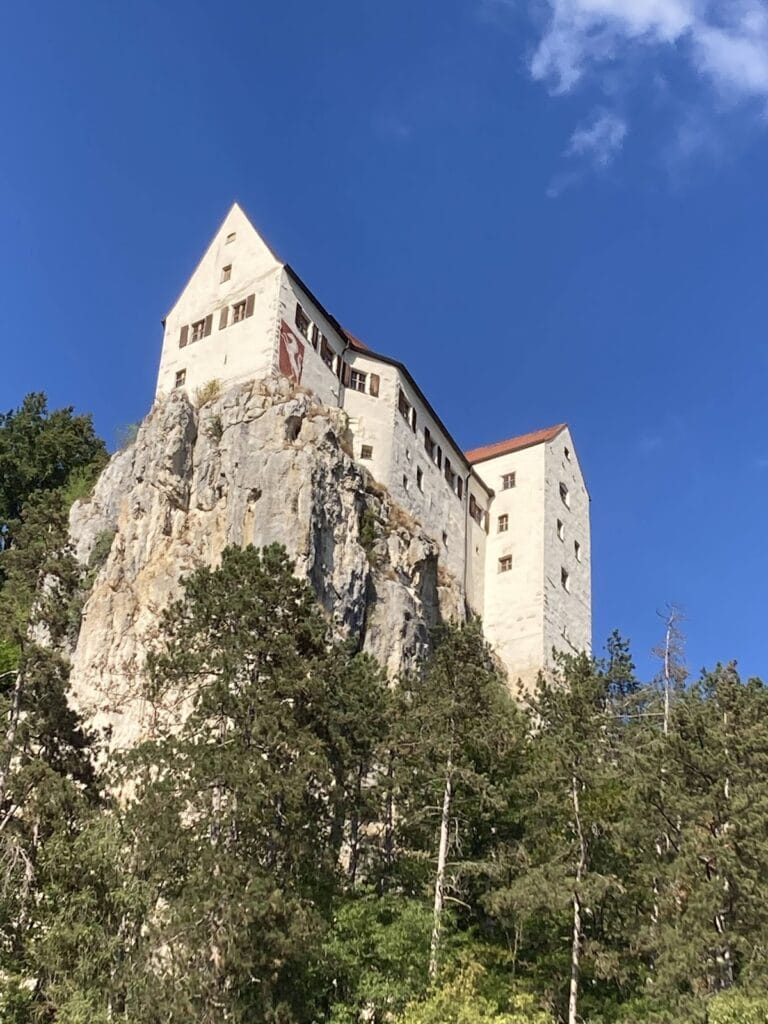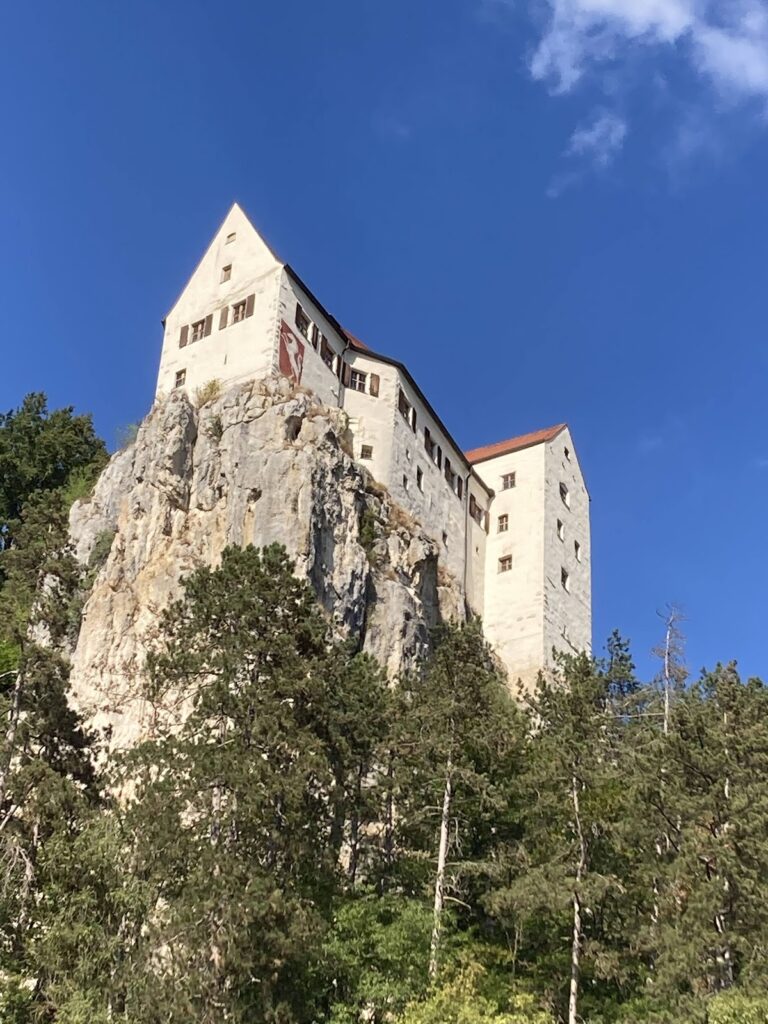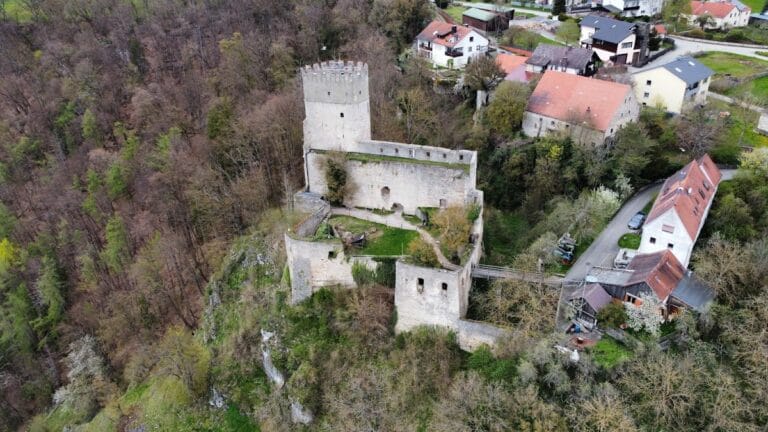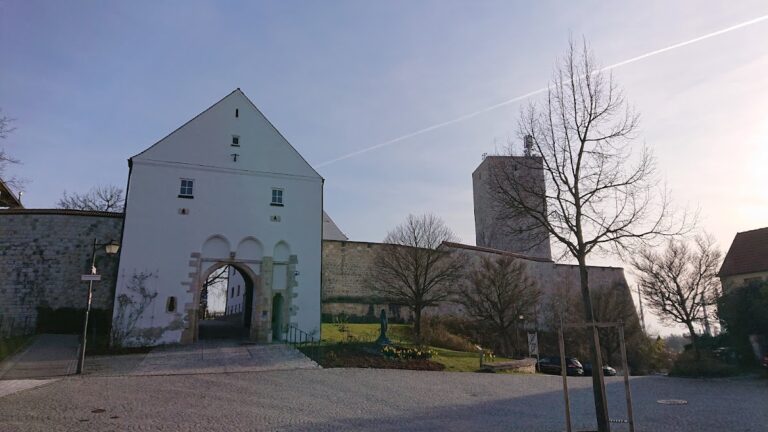Burg Altmannstein: A Medieval Castle Ruin in Germany
Visitor Information
Google Rating: 4.5
Popularity: Low
Google Maps: View on Google Maps
Official Website: www.altmannstein.de
Country: Germany
Civilization: Unclassified
Remains: Military
History
Burg Altmannstein is a medieval castle ruin situated northeast of the town of Altmannstein in present-day Germany. The castle was built during the High Middle Ages by a Germanic noble family and has a documented connection to several influential regional lords.
The earliest reference to the site dates back to 1120, when it was associated with the Lords of Stein, who controlled this strategic hilltop location. Following their line’s extinction in 1232, the castle passed to Altmann II of Abensberg, a relative of the Stein family, who initiated the construction of the fortress that would become known as Burg Altmannstein. This marked the beginning of the castle’s role as a feudal stronghold.
By the late 13th century, Duke Ludwig the Strict of Bavaria acquired the castle, purchasing it from Ulrich II in 1291. Over the following decades, ownership changed hands multiple times. In 1340, Konrad and Heinrich von Hautzendorf held the site briefly before the Counts of Abensberg reclaimed it in 1374 via pledge rights. These transitions reflect the complex feudal landscape of medieval Bavaria.
During the mid-15th century, the castle became embroiled in local conflict. In 1446, troops from Nuremberg seized the fortress due to the stronghold’s association with robber knights who operated within its walls during the leadership of Johann von Abensberg. Later, in 1485, Niklas von Abensberg, the last male heir of the Babonen line connected to the castle, was attacked and killed by forces commanded by Duke Christoph, marking a violent end to that family’s influence in the region.
In the 20th century, parts of the ruined castle grounds saw limited redevelopment. In 1911, some residential and auxiliary buildings were constructed amid the remains. Since 1991, the municipality of Altmannstein has taken ownership of the castle ruins, preserving them as part of the local heritage.
Remains
The castle is situated atop a hill, with its defensive layout adapting naturally to the terrain. A prominent feature protecting the site is a man-made section ditch cut into the side facing inland, designed to hinder attackers approaching from behind the castle.
At the heart of the ruins stands a large bergfried, or keep, which served as the main tower and last line of defense. This three-story tower reaches 18 meters in height and is notable for its elevated entrance positioned 4.3 meters above ground level, a defensive measure common in medieval fortifications to prevent easy access by enemies. The bergfried measures 10.2 meters across, with walls 3.5 meters thick, constructed to withstand siege and attack, and it remains largely intact in its original location.
Fragments of the castle’s residential quarters and surrounding walls are scattered throughout the site, giving insight into the living spaces that once existed within the fortified enclosure. These remnants, though partly ruined, indicate the former arrangement of rooms and courtyards.
An important feature from the castle’s later medieval period is the so-called “Hungerturm,” or hunger tower, named for its function related to imprisonment and confinement. This tower was connected to the town’s defensive walls by a wing wall, portions of which still survive today. This linkage illustrates how the castle was integrated into the wider fortification system protecting the settlement below.
The entire ruin is legally protected as an architectural monument and is recorded as an archaeological site of medieval significance within Bavarian heritage registers. Preservation efforts acknowledge the castle’s enduring historical value within the region.










